“`html
Characteristics of Yokihi (楊貴妃) Medaka

The Yokihi Medaka was created in 2004 by Yukio Oba of the “Medaka no Yakata” specialty store. The name “Yokihi” (楊貴妃) originates from the name of one of the world’s most beautiful women.
The Yokihi Medaka is a selectively bred medaka derived from the standard Himedaka, notable for its vibrant orange color. While the usual Himedaka have a pale yellow hue, the Yokihi exhibits a deep orange known as “vermilion red.”
The introduction of the Yokihi Medaka marked the beginning of the medaka boom that continues to this day, showcasing their beauty as rivals to goldfish and guppies.
It’s worth noting that the Yokihi Medaka does not have the genetic material for a pure red hue, and its “vermilion red” is technically a rich orange. Higher-grade Yokihi varieties will not appear purely red. Any pure red medaka is likely to have been genetically engineered.
Care of Yokihi Medaka
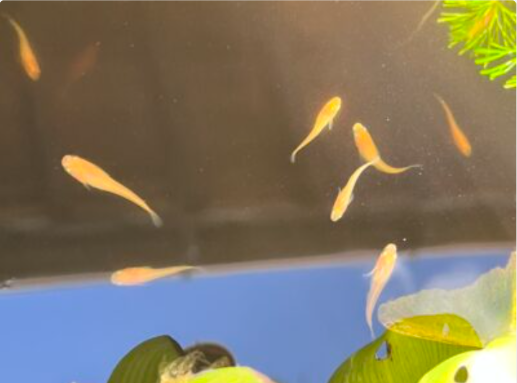
Caring for Yokihi Medaka is straightforward. They’ve been selectively bred for nearly 20 years and are extremely hardy, making them ideal for beginners and widely considered the best introductory variety.
Breeding of Yokihi Medaka
Breeding Yokihi Medaka is very simple. Out of over 1,000 varieties of selectively bred medaka, Yokihi is arguably the easiest to breed. Yokihi lay numerous eggs and can thrive even when left in a biotope environment.
Fixation Rate of Yokihi Medaka
The fixation rate of Yokihi Medaka is remarkably high. Having been bred for nearly two decades through successive generations, Yokihi Medaka are almost fully fixed, with a fixation rate of over 99%. When breeding two Yokihi Medaka, nearly all offspring will share their appearance.
Enhancing the Red Hue of Yokihi Medaka
To enhance the red hue of Yokihi Medaka, you can raise them in low-temperature environments, which helps deepen the color. Young adults initially appear cream-colored, with vermilion shades emerging after several months. Letting them overwinter is another way to intensify the color.
Medaka can change their coloration based on their surroundings. Using a black container can help their vermilion hue appear more vivid.
Derivative Varieties of Yokihi Medaka
Yokihi Daruma (First Love)
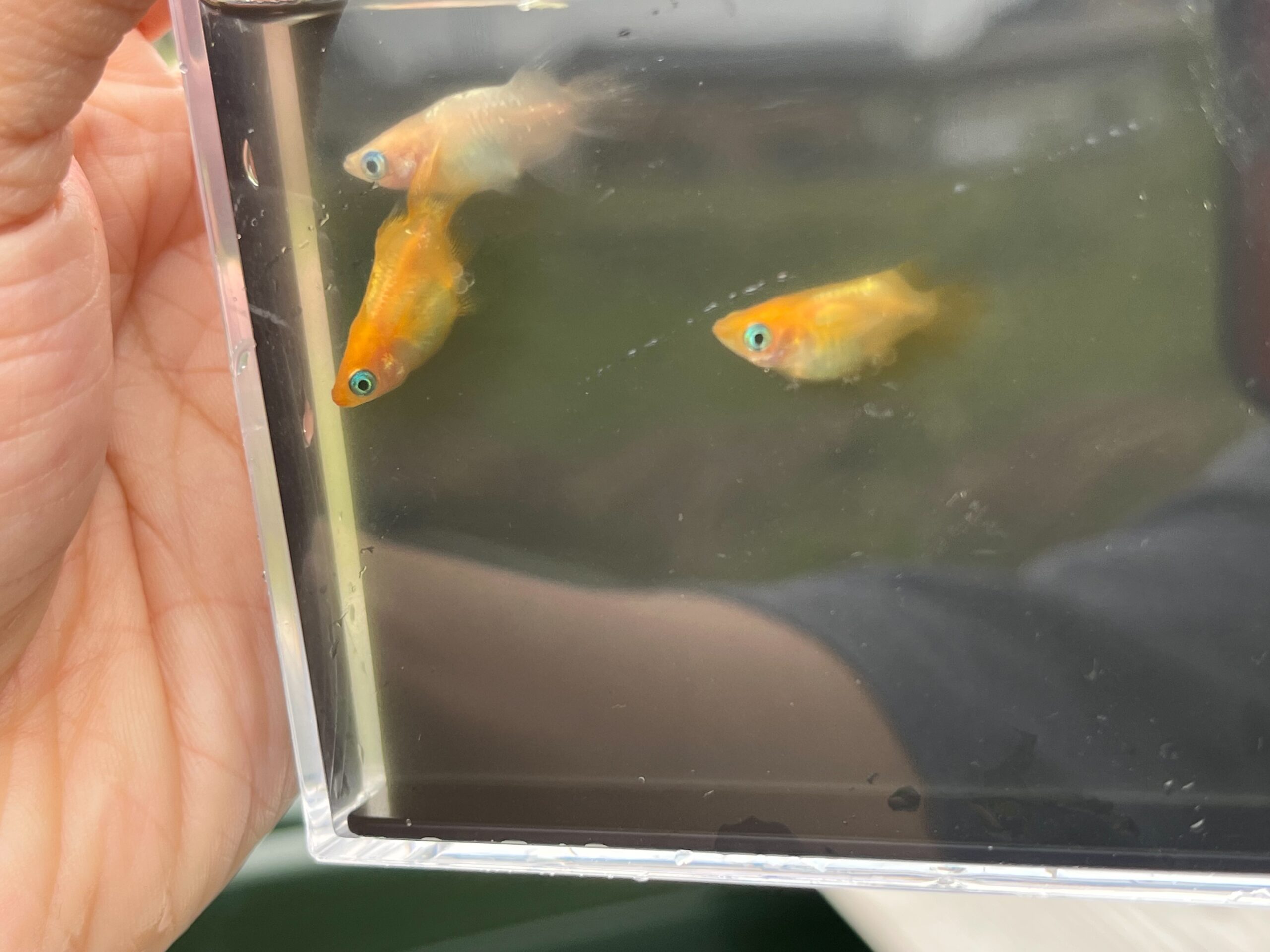
The Yokihi Daruma (First Love) is a short-bodied variation of the Yokihi. If eggs are raised at temperatures above 30°C (86°F), they are more likely to develop the daruma body shape. Yokihi Daruma is rare and not commonly found in stores, though you can buy their eggs.
Kotei
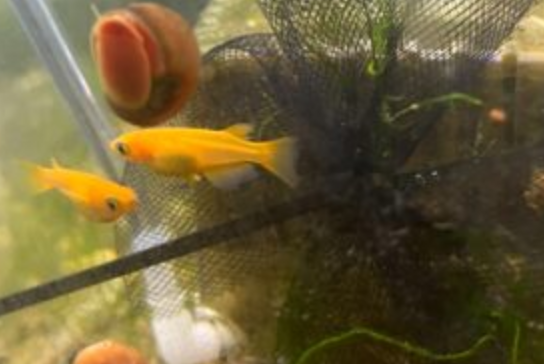
Kotei is a highly prized variety that improves the red hue of the Yokihi. Particularly strong bloodlines can fetch high prices.
Toutenko (Yokihi Hikari)
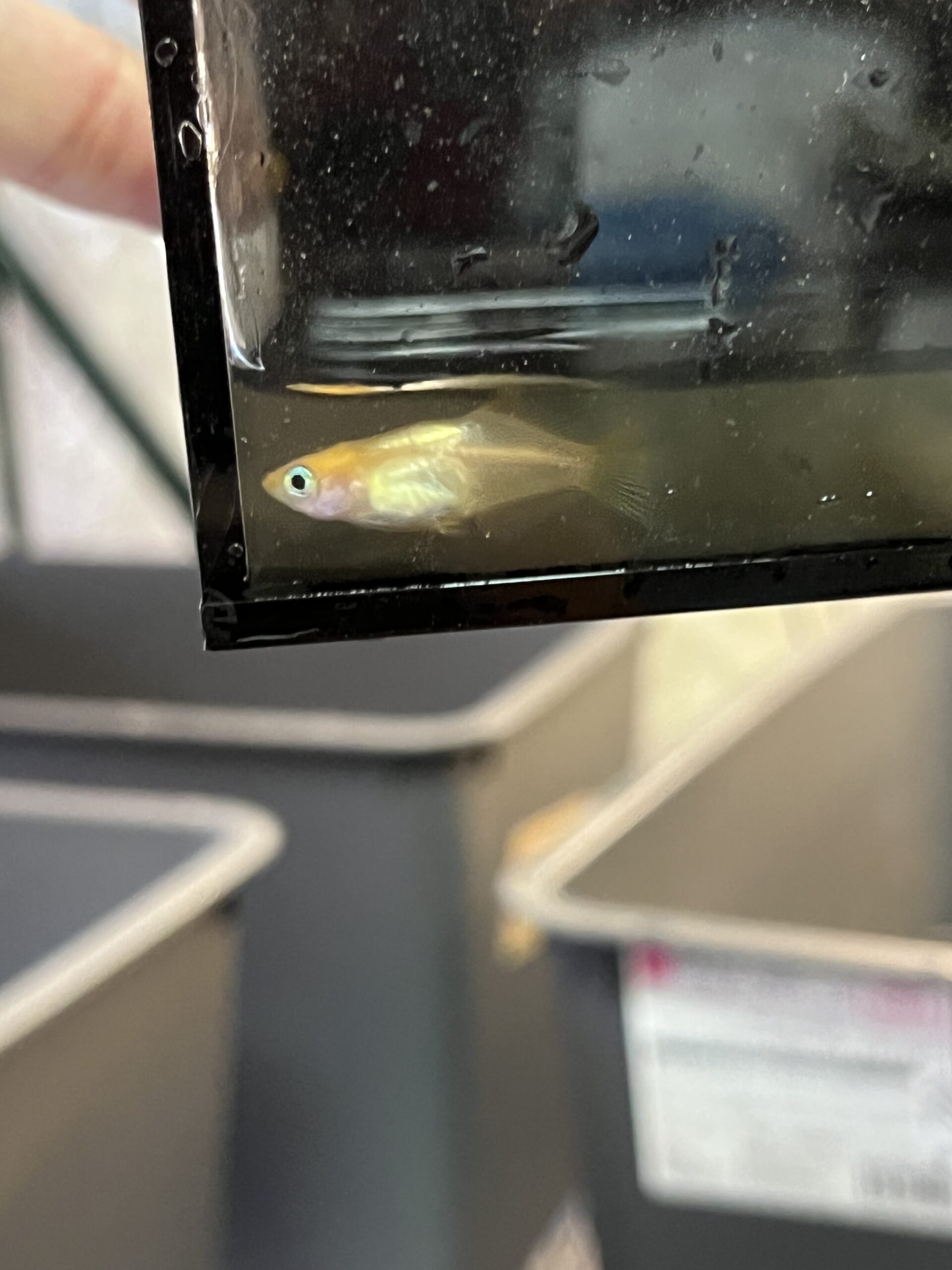
Toutenko is a hikari-bodied Yokihi. This body type is characterized by a symmetrical lower body with a diamond-shaped tail fin. The hikari Yokihi is known as “Toutenko.”
Long-Finned Yokihi
This long-finned variety of Yokihi is graceful and boasts great popularity.
Transparent-Scaled Yokihi (Atsuhime)
The transparent-scaled Yokihi, also called “Atsuhime,” is known for its brilliant red hue due to its transparent scales.
Albino Transparent-Scaled Yokihi (Kaguya-hime)
The albino version of the transparent-scaled Yokihi is called “Kaguya-hime.” It’s a rare variety, and particularly the Kaguya-hime daruma form is highly valuable.
Price of Yokihi Medaka
Yokihi Medaka are mass-produced and thus widely available at low prices. They’re often sold in pet shops or home centers, ranging from 200 to 500 yen per fish. However, certain bloodlines (like Yamato Kotei) can cost thousands of yen per pair. More exclusive types like Yokihi Daruma or Kaguya-hime can fetch higher prices due to their rarity.
Conclusion
The Yokihi Medaka is the most popular and widely recognized among selectively bred medaka. While they can be found at home centers, well-bred and daruma/albino types can be more expensive. However, their eggs are relatively affordable. Medaka no Tamagoya offers a range of medaka eggs, including Yokihi Daruma, which are worth checking out!
“`
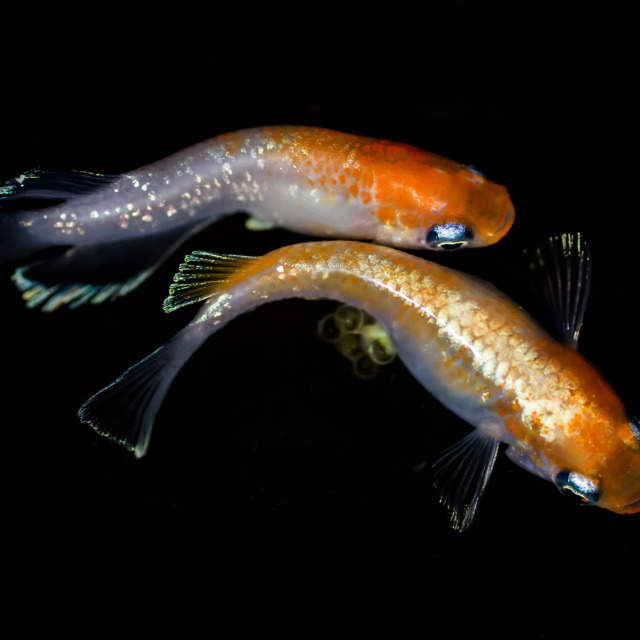

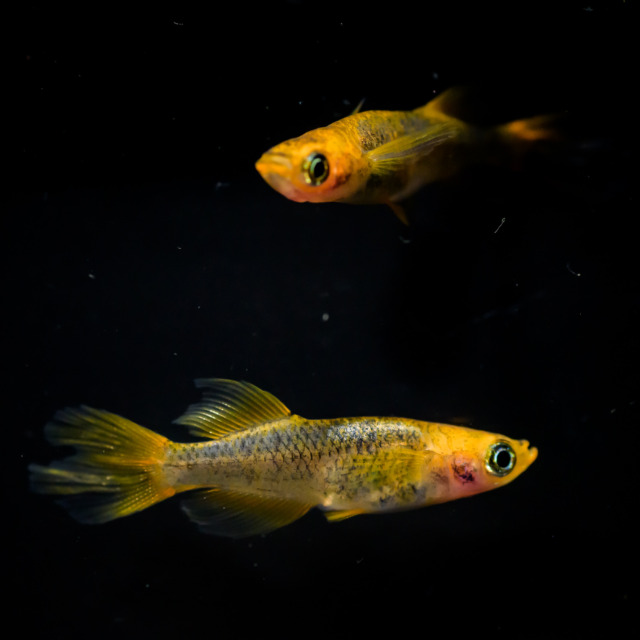



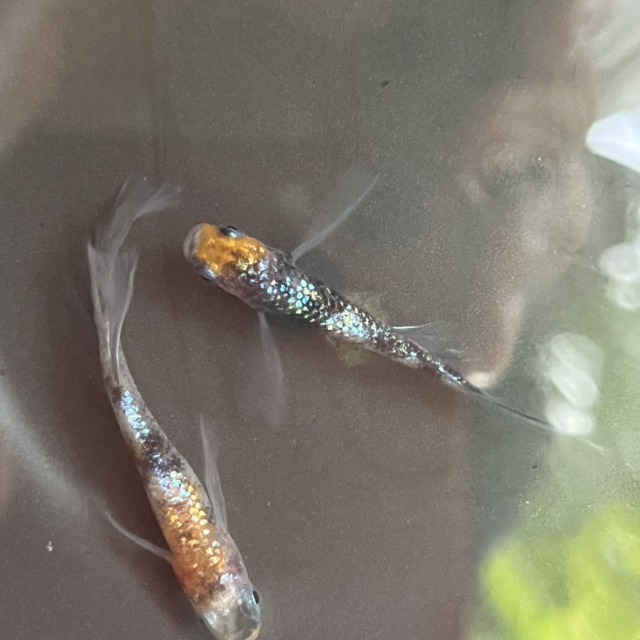
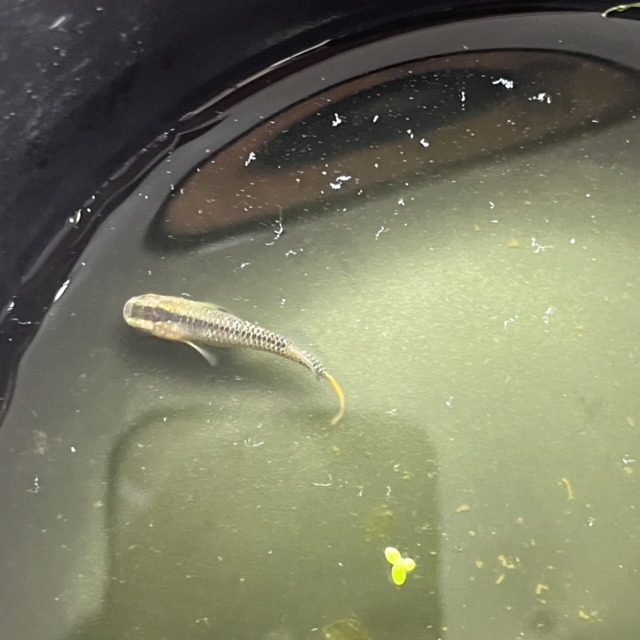
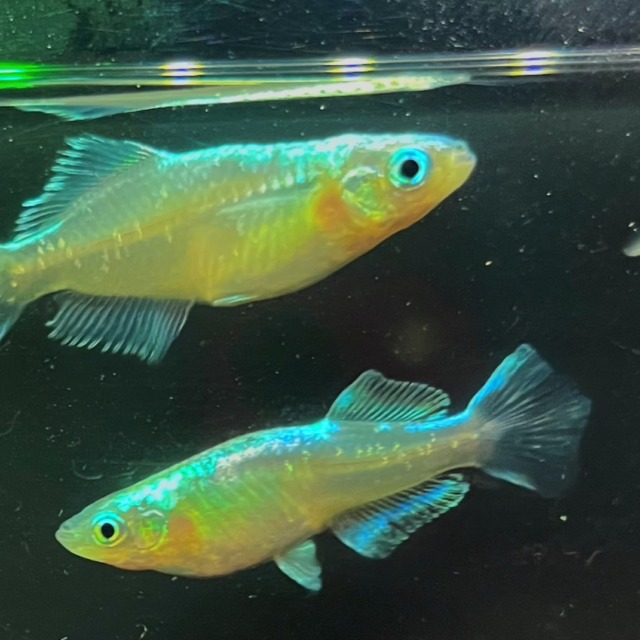
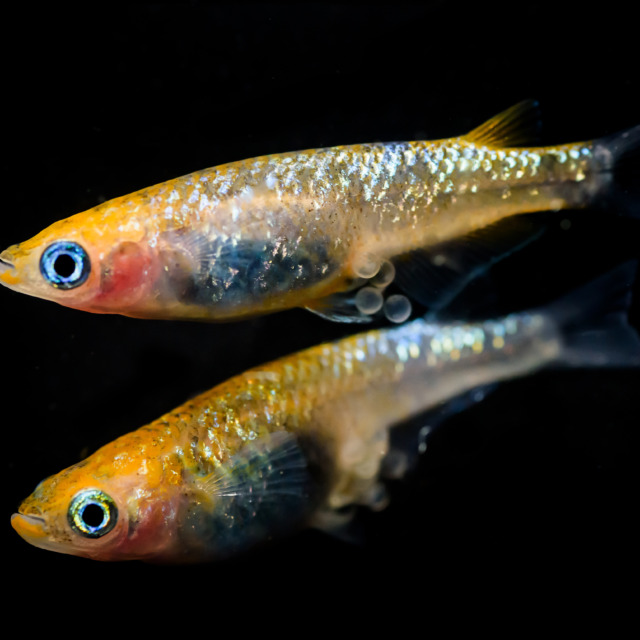
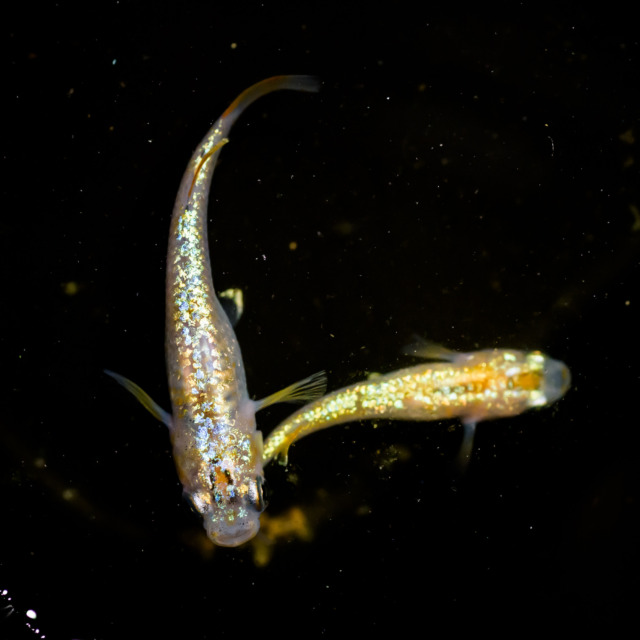

No comments yet.